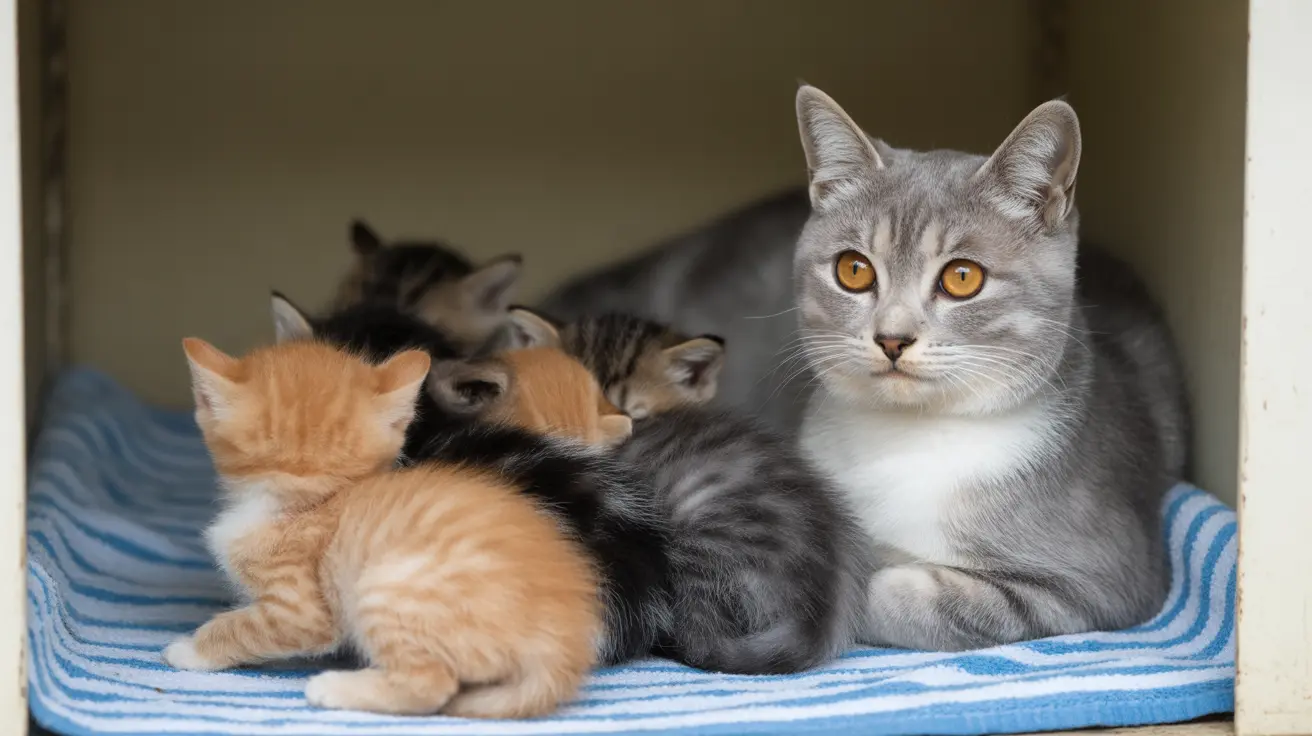A concerning incident of pet abandonment occurred at a Bristol animal control facility over the weekend, where a mother cat with her kittens and several dogs were left abandoned. The discovery underscores ongoing challenges in animal welfare and the importance of supporting pet owners facing difficulties in Connecticut.
The mother cat and her kittens were discovered in a box that had been left at the animal control facility, highlighting a growing trend of pet surrenders that animal welfare organizations across the state are working to address.
Understanding Animal Control Facilities' Role
When animals arrive at control facilities, whether through proper surrender channels or abandonment, these organizations work tirelessly to ensure their safety and well-being. The Bristol facility, like many others across Connecticut, provides temporary shelter and care while seeking permanent solutions for displaced pets.
Available Resources for Pet Owners
- Low-cost veterinary clinics offering basic health services
- Pet food banks providing emergency supplies
- Spay/neuter services at reduced costs
- Financial assistance programs for qualifying pet owners
Responsible Pet Ownership in Challenging Times
While abandonment may seem like the only option for struggling pet owners, there are numerous alternatives available. Connecticut's network of animal welfare organizations offers various support services designed to help keep pets with their families whenever possible.
Prevention Through Education
Understanding the commitment required for pet ownership is crucial. This includes:
- Planning for routine veterinary care
- Budgeting for unexpected medical expenses
- Considering pet insurance options
- Learning about available community resources
Animal Welfare Connecticut: Community Support
Local communities play a vital role in supporting both pets and their owners. Animal welfare organizations across Connecticut work collaboratively to:
- Provide temporary foster care options
- Offer behavioral training support
- Connect pet owners with necessary resources
- Facilitate adoptions when needed
Frequently Asked Questions
What happens to pets left abandoned at animal control facilities?
When pets are abandoned at animal control facilities, they are taken into protective custody and receive necessary medical attention. The facilities then work to place these animals in adoption programs to find them new, loving homes.
What resources are available for pet owners struggling to care for their pets?
Pet owners facing difficulties can access various resources including low-cost veterinary clinics, pet food banks, and government or charity vouchers for spaying/neutering and vaccinations. Many organizations offer additional support services to help keep pets with their families.
How can I prevent unwanted litters and reduce pet overpopulation?
The most effective way to prevent unwanted litters is through spaying or neutering your pets. This procedure not only prevents unwanted breeding but also reduces the risk of certain health issues in both cats and dogs.
Moving Forward Together
The recent abandonment case in Bristol serves as a reminder of the ongoing need for community support and education regarding responsible pet ownership. While the mother cat, kittens, and dogs will receive care through proper channels, preventing such situations requires a collective effort from all members of the community.
Pet owners facing difficulties are encouraged to reach out to local animal welfare organizations before considering abandonment. Through proper communication and utilization of available resources, we can work together to ensure better outcomes for both pets and their owners in Connecticut.






